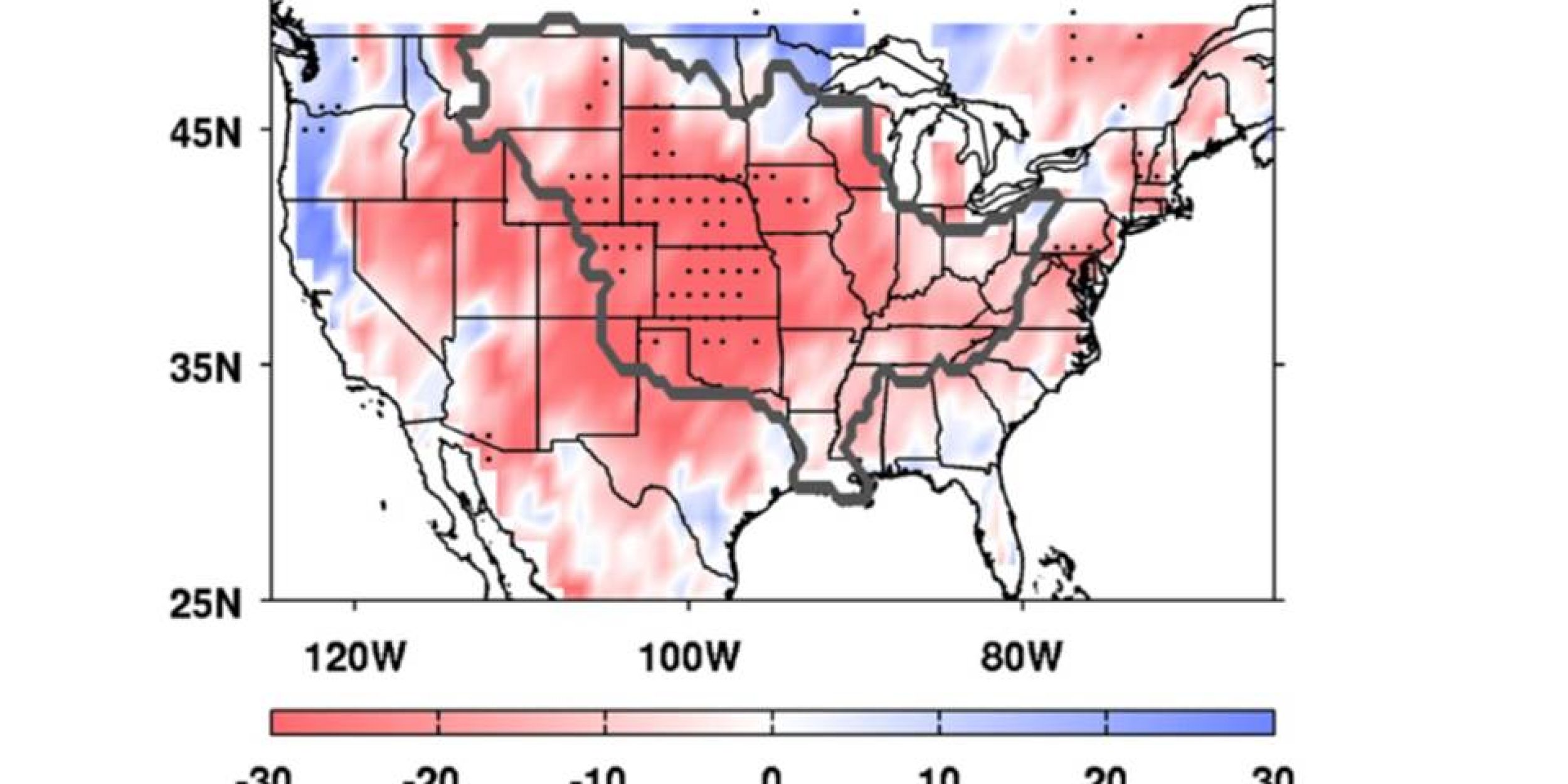A new paper from scientists in CPO’s Modeling, Analysis, Predictions, and Projections (MAPP) program was accepted into the Geophysical Research Letters journal on Jan. 3.
The new paper, titled “Asymmetric Responses of Land Hydroclimatology to Two Types of El Nino in the Mississippi River River Basin,” focuses on observational analyses and land surface model simulations conducted by MAPP scientists. The scientists concluded that when the El Nino shifts from the traditional Eastern-Pacific type to the newly emerging Central-Pacific Type, “the overall drier land conditions and reduced river streamflow could pose water shortages or severe drought and threaten agricultural water supplies in the central United States.”
This paper addresses the Spring time river flow response in Mississippi to the two types of El Nino and is a follow up of a previous MAPP paper (Yu and Zou, 2013), which addressed the Winter precipitation response in the U.S. to the two types of El NIno. The team plans to write another manuscript that to demonstrate the Central-Pacific El Nino can also cause the Summer drought in the U.S. by weakening the Low Level Jet and moisture transport into the central plain.
This work related relates to an ongoing MAPP project that focuses on “Understanding the Emerging Central-Pacific ENSO and Its Impacts on North American Climate.”
To view the paper online, visit: http://onlinelibrary.wiley.com/doi/10.1002/2013GL058828/abstract



